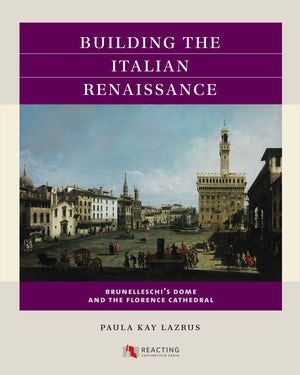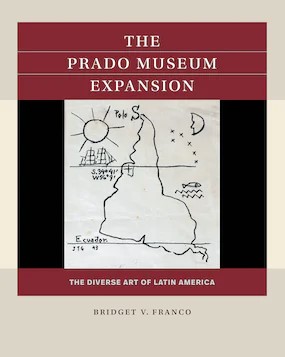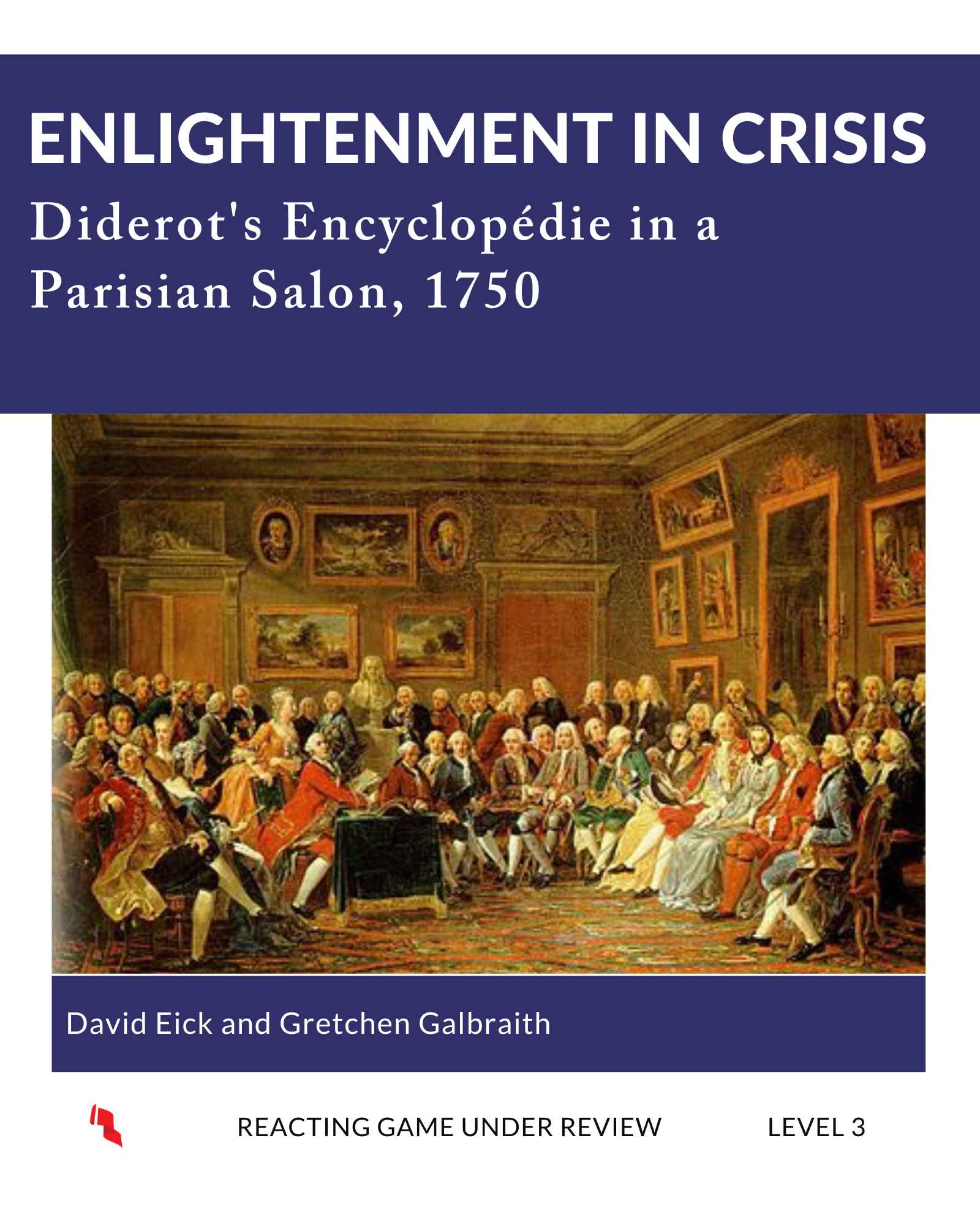What art style will reign supreme at the 1889 World Exposition? Modernism vs. Traditionalism: Art in Paris 1888-1889 considers questions surrounding artistic developments at the end of the nineteenth century in Paris. Students will debate principles of artistic design in the context of the revolutionary changes that began shaking the French art world in 1888-1889. Images from the 1888 Salon and the tumultuous year that followed provide some of the “texts” that form the intellectual heart of every reacting game. Styles include conservative art espoused by the Academy, as well as more avant-garde art created by artists such as Van Gogh and Gauguin. Also included are the Impressionists and American artists in Paris. Students must read paintings as texts and use them as the basis of their positions in advocating for the future of art. In addition to these visual texts, students will read art criticism from the period, which will help form the basis of their own presentations in favor of one art style over another. These discussions are complicated and enriched by secondary debates over the economics of art, the rise of independent art dealers, and the government’s role as a patron of the arts. The game culminates at the 1889 World Exposition in Paris. |
Details
|
Using the Game
Class Size and Scalability Class Time
This game can be used on its own, or with other games. These pairings are meant to be illustrative rather than exhaustive or prescriptive. Art in Paris may pair well with:
|
 FRENCH TRANSLATION GAME MATERIALS
FRENCH TRANSLATION GAME MATERIALS
Reacting Consortium members can download all game materials below. You will be asked to sign in before downloading.
All French Materials Translated 2022. Zipped PDF Documents. | This includes Role Sheets and Student Resources. All materials were translated into French by Anne Caillaud. |
 GAME MATERIALS
GAME MATERIALS
Confirmed instructors who are not yet members can access basic instructor materials. Reacting Consortium members can access all downloadable materials (including expanded and updated materials) below. You will be asked to sign in before downloading.
Gamebook Students need a Gamebook, which includes directions, resources, and historical content. The Art in Paris Gamebook is published by Reacting Consortium Press. PAPERBACK ISBN: 978-1-4696-4126-3 EBOOK ISBN: 978-1-4696-4127-0 | Role Sheets and Add'l Materials Students also need a Role Sheet, which contains biographical information, role-specific resources or assignments, and their character's secret victory objectives. | Instructor's Manual The Instructor's Manual includes guidance for assigning roles, presenting historical context, assignments, activities and discussion topics, and more. |
Additional Resources
Eight additional role sheets designed to increase the amount of female representation in Art in Paris, .zip file.
Created by: Dr. Mary Frances Zawadzki
-
.jpeg) Using Art in Paris Online
$10.00$0.00 - Member price
Using Art in Paris Online
$10.00$0.00 - Member price
Gretchen K. McKay
Gretchen Kreahling McKay is Professor of Art History at McDaniel College in the Department of History and Art History. She teaches art history and public history courses. A speaker on active learning in higher education, she was the recipient of the 2015 Ira G. Zepp Distinguished Teaching Award. |
Nicolas W. Proctor grew up in Little Rock, Arkansas. After completing his B.A. in history from Hendrix College, he received an M.A. in Diplomacy and International Relations from the University of Kentucky, as well as an M.A. and Ph.D. in American history from Emory University. He is now a Professor of History at Simpson College in Indianola, Iowa, where he has also served as department chair and director of the first-year program. Proctor is also the Chair of the Reacting Editorial Board, overseeing game development. He lives in Des Moines, Iowa, with his family, a print shop, lots of books, five chickens, and too many Legos. After completing a traditional historical monograph, Bathed in Blood: Hunting and Mastery in the Old South, he reoriented his research to fit the needs of a teaching institution and focused on writing historical role-playing games. | Reacting and Related Titles
|
Michael A. Marlais is an emeritus professor of art history at Colby College. He is a specialist in late nineteenth-century French art criticism and author of Conservative Echoes in Fin-De-Siècle Parisian Art Criticism. |
Members can contact game authors directly if they have questions about using the game. We also invite instructors join our Facebook Faculty Lounge, where you'll find a wonderful community eager to help and answer questions.
 REVIEWS
REVIEWS
"I am no art historian, but I an very impressed by how much detail they are able to go into in these papers in describing the paintings and what they like about them. They have really come a long way from 'it's pretty', which is basically where most of them started." | "A student told me she went to the National Gallery of Art in DC over fall break and was excited to see many paintings by artists in the game, including her character, Degas. She was happy to be the expert and share her knowledge with her friends." | "I ran my first RTTP game last semester - the Art in Paris game. It was a blast! I have 24 students, so I got to include all the critics, gallery owners, and most artists. Only one student has played a RTTP game before. The final exhibition went very well and my buyers player their parts with panache." |
|
|
|





